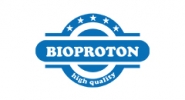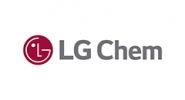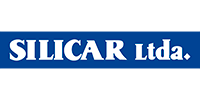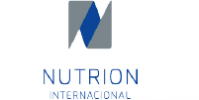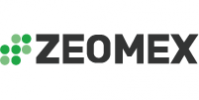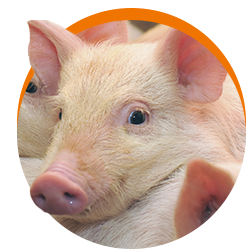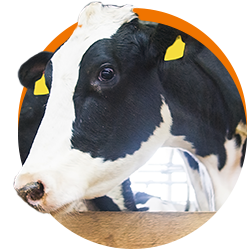 Pets
Pets
Articles
Comparison of three patterns of feed supplementation with live Saccharomyces cerevisiae yeast on postweaning diarrhea, health status, and blood metabolic profile of susceptible weaning pigs orally challenged with Escherichia coli F4ac
The development of effective feeding strategies to reduce the detrimental effect of enterotoxigenic Escherichia coli F4ac (ETEC) plays a crucial role in reducing the occurrence of therapeutic intervention with antibiotics in livestock. The ability of Saccharomyces cerevisiae CNCM I-4407 (SCC), supplied in different patterns to counteract ETEC infection in weaned pigs, was evaluated. Fifty pigs weaned at 24 d were then divided into 5 groups: control (CO), CO + colistin (AB), CO + 5 × 1010 cfu of SCC/ kg feed, from d 0 to 21 (PR), CO + 5 × 1010 cfu of SCC/ kg feed from d 7 to 11 (CM), and CO + 1 shot of 2 × 1011 cfu of SCC when the first diarrhea appeared (CU). On d 7 postweaning, all the pigs were orally challenged with 108 cfu of ETEC. Blood samples were taken from the pigs (d 7, 8, 12, and 21) while the fecal excretion of ETEC was assessed on d 7 and 10. Fecal consistency was scored from 12 h before infection to 144 h postinfection (p.i.). On d 21, the pigs were sacrificed. The in vitro adhesion test on the intestinal villi confirmed individual susceptibility to ETEC, excluding the presence of resistant pigs.
Growth performance did not differ between the treatments. Mortality was reduced in the AB group (P < 0.01) and, marginally, in the PR group (P = 0.089) when compared to the CO group. The CO group had a higher fecal score than AB in the period of observation (from P = 0.01 to P < 0.001). Yeast administration reduced the fecal score when compared to the CO group 12 and 48 h p.i. (P = 0.04). Total IgA never differed among the treatments, but the ETECspecific IgA concentration was lower in the AB group than in CO (P = 0.04) at d 12. Four days p.i., the pigs fed live yeast had reduced ETEC excretion compared with the CO pigs (P = 0.05). Blood concentrations of dodecenoyl-L-carnitine (P < 0.01), glutaryl-L-carnitine/hydroxyhex¬anoyl-L-carnitine, phosphatidylcholine diacyl and phosphatidylcholine diacyl (P = 0.01 and P < 0.01, respectively), and α-amino adipic acid (P < 0.01) were reduced in the AB group compared to the CO group; PR + CM reduced the concentration of sphingomyelin-ceramide (P = 0.02) and increased the concentration of decadienyl-L-carnitine (C10:2; P = 0.02) vs. CO. The CM group had an increased concentration of C10:2 (P < 0.01) compared to the PR group. In conclusion, the administration of live yeast, even in concomitance with ETEC infections, reduces pig illness and mortality. The strain of SCC tested did not show a therapeutic effect.
-Product by category-
-Strategic allies-

